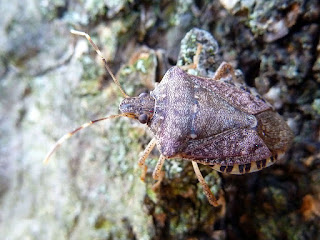We've updated a few items on the Blog this week! Please take a moment to review the short series of Blog Posts put up today.
Subscribe to the Blog by following these three steps!
 |
| Figure 1. Number of days above 25°C. |
 |
| Figure 2. Number of days above 30°C. |
|
Figure 3. Highest temperatures the past seven days (August 15-21, 2017) across the Canadian prairies. |
 |
| Figure 4. Lowest temperatures the past seven days (August 15-21, 2017) across the Canadian prairies. |
 |
| Figure 5. Accumulated precipitation the past seven days (August 15-21, 2017). |
 |
| Figure 7. Percent of average precipitation for the growing season (April 1-August 21, 2017). |
 |
| Brown marmorated stink bug - adult (CC-BY 2.0 Katja Schulz) |
 |
| Figure 1. Average precipitation across the Canadian prairies the past seven days (August 7-14, 2017). |
 |
| Figure 2. Average temperature across the Canadian prairies the past 30 days (July 14-August 14, 2017). |
 |
| Figure 3. Highest temperatures the past seven days (August 10-16, 2017) across the Canadian prairies. |
 |
| Figure 4. Lowest temperatures the past seven days (August 10-16, 2017) across the Canadian prairies. |
 |
| Figure 5. Accumulated precipitation the past seven days (August 7-13, 2017). |
 |
| Figure 6. Percent of average precipitation across the Canadian prairies the past 30 days (July 15-August 13, 2017). |
 |
| Figure 7. Percent of average precipitation across the Canadian prairies for the growing season (April 1-August 13, 2017). |